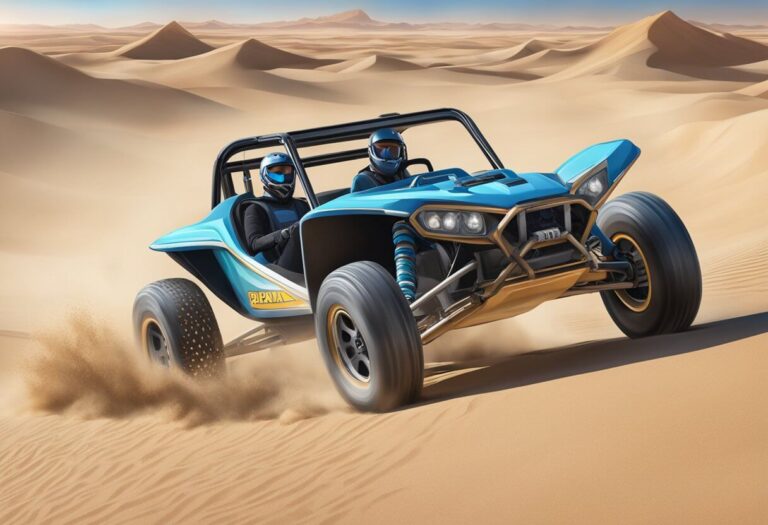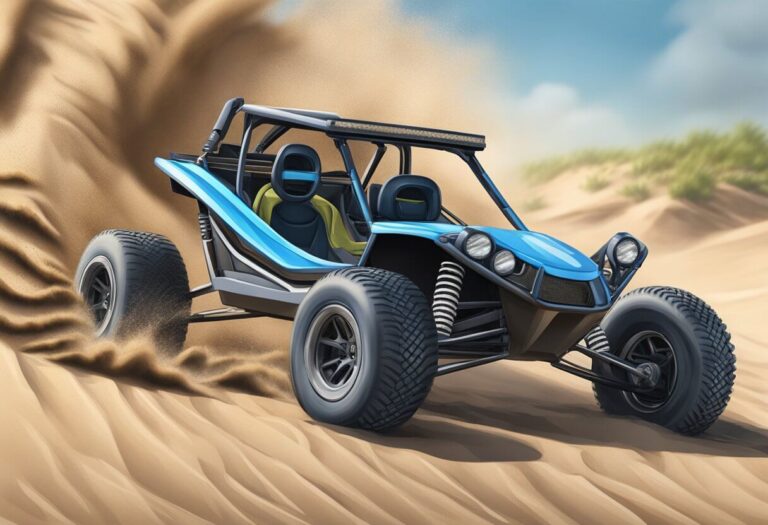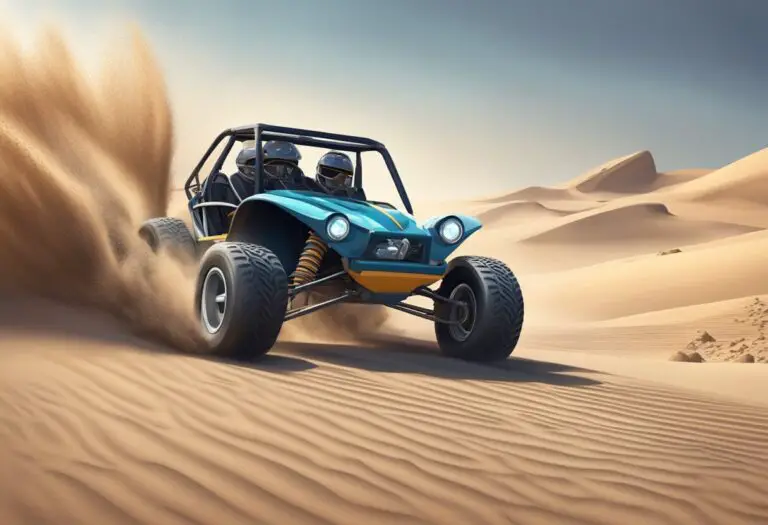Razor Dune Buggy Tires: Choosing the Right Tires
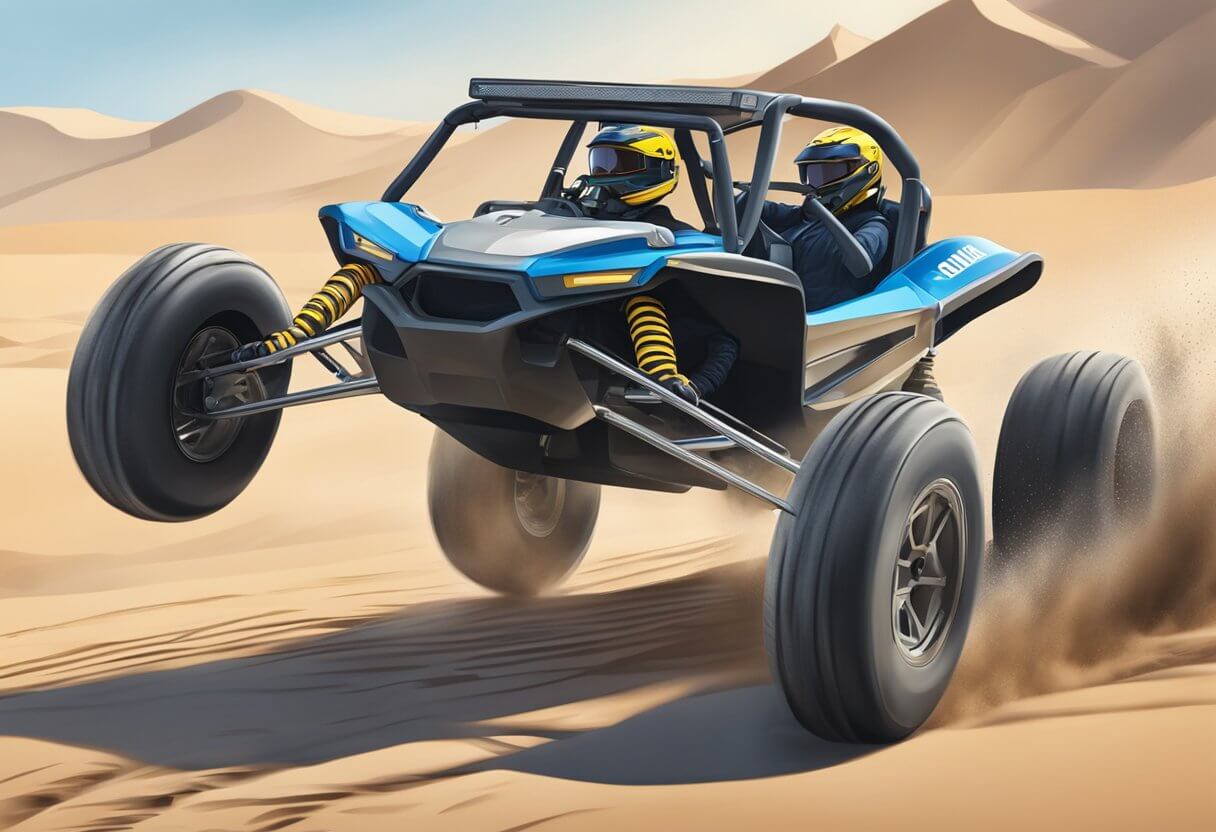
Razor dune buggy tires are an important part of the Razor Dune Buggy, an electric-powered off-road vehicle designed for kids aged 8 and above. The 8-inch knobby pneumatic tires provide a smooth ride that is ideal for off-road riding, while the terrain-following rear suspension ensures that the buggy can handle rough terrain with ease.
There are a variety of tires available for the Razor Dune Buggy, including standard KF914 tread and knobby diamond tread options. Tires should always be replaced as a set, and sets of four 200×50 (8″x2″) tires are available for purchase. Inner tubes for the tires are sold separately, so it’s important to ensure that you have all the necessary parts before replacing your buggy’s tires.
When selecting new tires for your Razor Dune Buggy, it’s important to consider factors such as the type of terrain you’ll be riding on and the size of the tires. With the right tires, your Razor Dune Buggy can provide hours of off-road fun for kids and adults alike.
Types of Razor Dune Buggy Tires
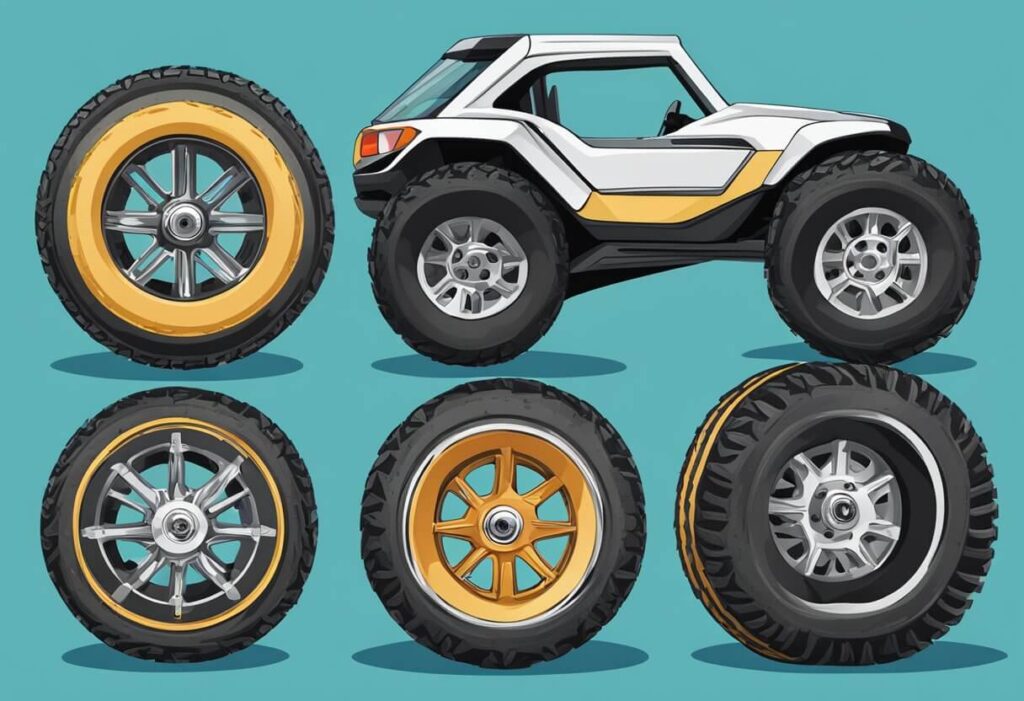
Razor Dune Buggy is a popular off-road go-kart for kids and adults alike. It is designed to handle rough terrain and provide a thrilling ride. One of the essential components of the Razor Dune Buggy is its tires. The tires play a crucial role in providing traction, stability, and control. Razor Dune Buggy tires come in two main types: pneumatic and solid rubber.
Pneumatic Tires
Pneumatic tires are air-filled tires that offer superior shock absorption and traction on rough terrain. They are made of rubber and feature an inner tube that holds the air. Pneumatic tires are the most common type of tire used on the Razor Dune Buggy. They are available in different sizes and treads to suit various terrains.
The Razor Dune Buggy pneumatic tires have a standard size of 200×50 (8″x2″) and feature a knobby tread pattern for better traction on dirt, gravel, and grass. The tires are sold as a set of two and come with inner tubes. The Razor Dune Buggy pneumatic tires are compatible with both the front and rear wheels.
Solid Rubber Tires
Solid rubber tires are puncture-proof tires that do not require air. They are made of solid rubber and are often used on industrial equipment and heavy-duty vehicles. Solid rubber tires are not as common on the Razor Dune Buggy as pneumatic tires, but they do have some advantages.
Solid rubber tires are more durable than pneumatic tires and require less maintenance. They are also less prone to punctures and leaks. However, solid rubber tires do not offer the same level of shock absorption and traction as pneumatic tires, which can affect the ride quality and handling of the Razor Dune Buggy.
In conclusion, the type of tire you choose for your Razor Dune Buggy depends on your personal preference and the terrain you will be riding on. Pneumatic tires are the standard choice and offer excellent traction and shock absorption. Solid rubber tires are a viable alternative for those who prioritize durability and low maintenance.
Tire Size and Compatibility
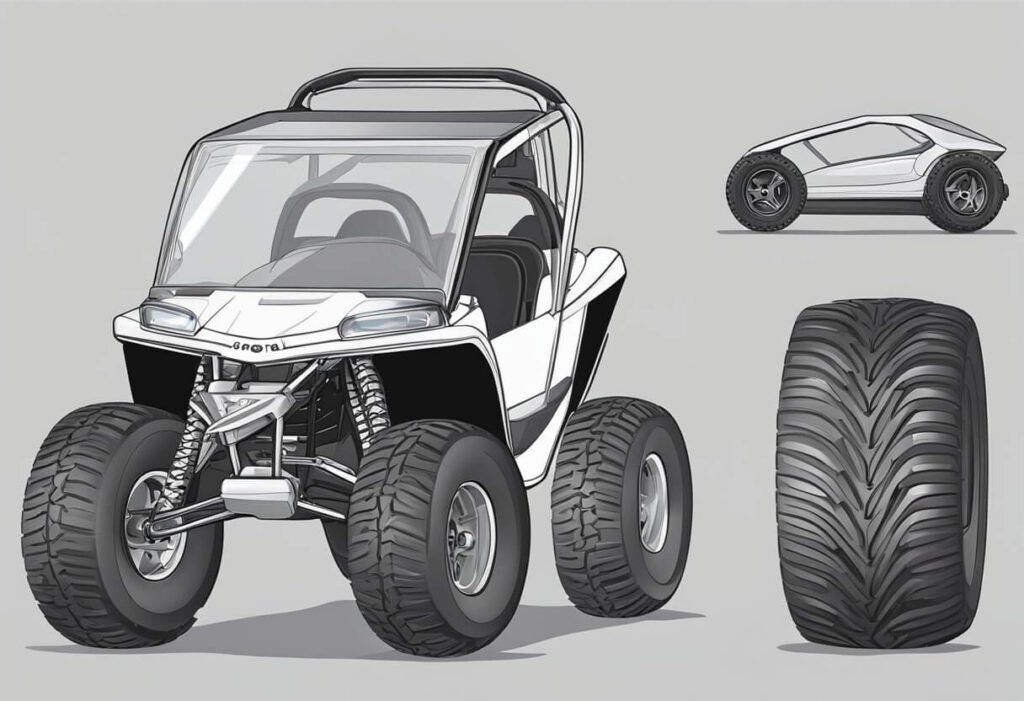
Tire Dimensions
The Razor Dune Buggy is equipped with 200×50 (8″x2″) tires, which are commonly used in mobility scooters, electric bicycles, and other small electric vehicles. These tires have a diameter of 8 inches and a width of 2 inches, making them suitable for off-road use.
Compatibility Check
When replacing the tires on a Razor Dune Buggy, it is important to ensure that the new tires are compatible with the vehicle’s hub and rim. The Razor Dune Buggy uses a proprietary 20mm hub split rim, which can make finding replacement tires a challenge.
However, there are several options available for those looking to upgrade their tires. Some users have reported success in fitting larger tires onto the stock rim, though this may require modifications to the vehicle’s suspension and steering.
Alternatively, there are aftermarket tires available that are specifically designed to fit the Razor Dune Buggy. These tires come in sets of four and are available in a variety of tread patterns, including knobby and diamond tread.
It is important to note that using tires that are not recommended for the Razor Dune Buggy can result in decreased performance and safety risks. Always check the manufacturer’s specifications and consult with a professional before making any modifications to the vehicle.
Tread Patterns and Terrain Suitability
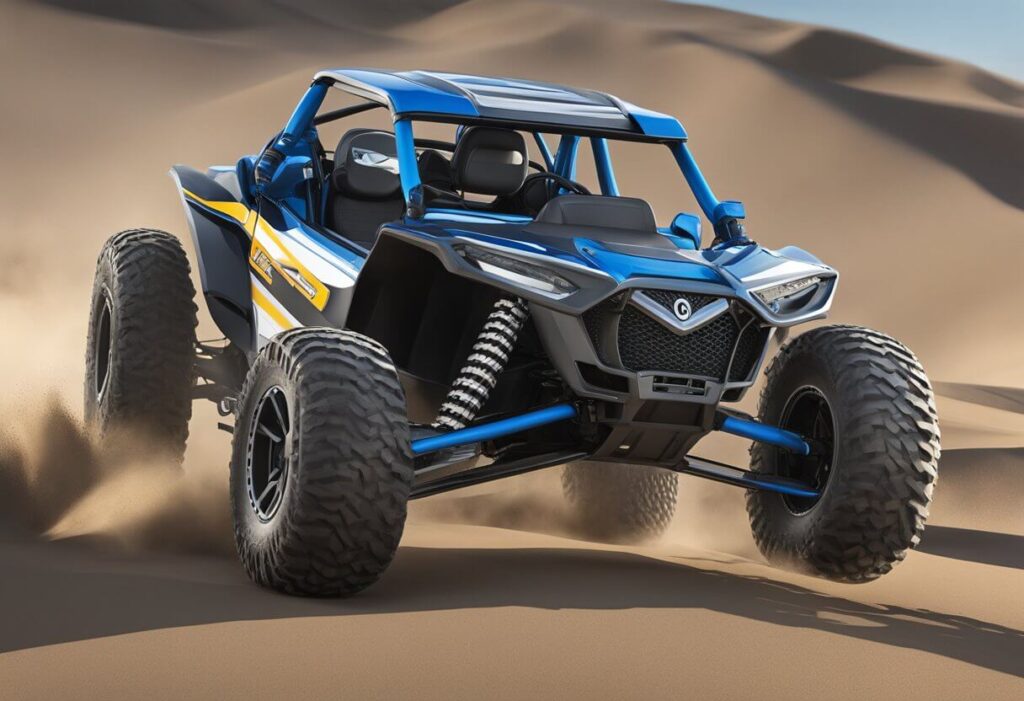
When it comes to selecting the right tires for your Razor Dune Buggy, it is important to consider the tread pattern and terrain you will be driving on. The tread pattern on your tires can greatly impact the performance of your dune buggy, and choosing the right one can make a significant difference in your driving experience.
Off-Road Tread
Off-road tread patterns are designed to provide maximum traction on loose and uneven terrain, such as sand, dirt, and gravel. These tires typically have large, deep lugs that help to grip the ground and provide stability when driving over rough terrain. The Razor Dune Buggy is designed for off-road use, and as such, it is recommended to use tires with an off-road tread pattern.
All-Terrain Tread
All-terrain tires are designed to provide a balance between on-road and off-road performance. These tires typically have smaller lugs than off-road tires, which makes them more suitable for driving on paved roads and other hard surfaces. However, they still provide enough traction to handle light off-road driving. If you plan on driving your Razor Dune Buggy on a variety of terrains, including both paved and unpaved surfaces, all-terrain tires may be a good option.
Overall, selecting the right tread pattern for your Razor Dune Buggy tires is essential for achieving optimal performance and safety. It is recommended to consult with a tire specialist or do thorough research before making a purchase to ensure that you are getting the right tires for your specific needs.
Installation Guide
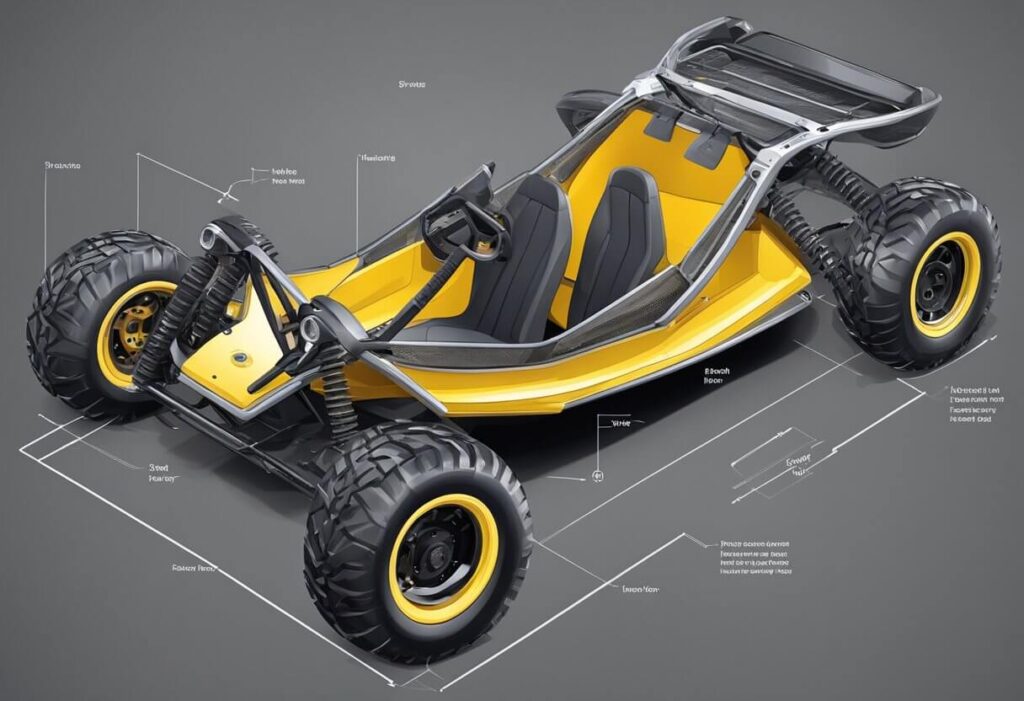
Tools Required
Before starting the installation process, make sure to have the following tools ready:
- 216mm open end wrench
- Flathead screwdriver
Step-by-Step Installation
Installing the rear wheels of the Razor Dune Buggy can be done in a few simple steps. Follow the instructions below to ensure proper installation:
- Using the 216mm open end wrench, loosen the nut located at the center of the rim by turning it counterclockwise. Remove the nut and washer. Tip: Apply the hand brake to prevent the wheel from spinning while loosening the nut.
- Remove the old wheel from the axle.
- Using a flathead screwdriver, remove the spacer located on the side next to the valve stem of the old wheel.
- Install the new wheel onto the axle.
- Place the spacer onto the new wheel, on the side next to the valve stem.
- Replace the washer and nut onto the axle and tighten it by turning it clockwise using the 216mm open wrench. Tip: Do not overtighten the nut, as it may cause damage to the wheel or axle.
- Repeat the above steps for the other rear wheel.
By following these simple steps, you can easily install the rear wheels of the Razor Dune Buggy. Remember to always refer to the owner’s manual for further instructions and safety precautions.
Maintenance and Care
Regular Inspection
Regular inspection of the Razor Dune Buggy tires is essential for ensuring their longevity and optimal performance. The owner should inspect the tires before each use to ensure that they are in good condition. The inspection should include checking the tire pressure, tread depth, and overall condition of the tire.
To check the tire pressure, the owner should use a tire pressure gauge and ensure that the tires are inflated to the recommended PSI. The recommended PSI can be found in the owner’s manual or on the manufacturer’s website.
The owner should also check the tread depth of the tires. The tread depth should be at least 1/8 inch to ensure proper traction and handling. If the tread depth is less than 1/8 inch, the owner should replace the tires.
Lastly, the owner should inspect the overall condition of the tires. The tires should be free of any cuts, punctures, or other damage. Any damage to the tire can compromise its integrity and lead to a potential blowout.
Cleaning and Storage
Proper cleaning and storage of the Razor Dune Buggy tires is important for their longevity and overall performance. The owner should clean the tires after each use to remove any dirt, debris, or other contaminants.
To clean the tires, the owner should use a mild soap and water solution and a soft-bristled brush. The owner should avoid using harsh chemicals or abrasive materials as they can damage the tires.
After cleaning the tires, the owner should dry them thoroughly before storing them. The tires should be stored in a cool, dry place away from direct sunlight.
In conclusion, regular inspection, cleaning, and proper storage are essential for maintaining the Razor Dune Buggy tires and ensuring their optimal performance. By following these simple steps, the owner can prolong the life of the tires and enjoy a safe and enjoyable ride.
Performance Enhancements
Upgraded Tires for Racing
For those looking to enhance the performance of their Razor Dune Buggy, upgrading to racing tires is a great option. Racing tires are designed to provide better traction, which is essential for high-speed turns and maneuvers. They also have a more durable construction, which allows them to withstand the rigors of racing.
One of the most popular racing tires for the Razor Dune Buggy is the Maxxis Bighorn. These tires have a unique tread pattern that provides excellent traction on a variety of surfaces, including sand, dirt, and rocks. They also have a reinforced sidewall that helps to prevent punctures and other types of damage.
Another popular option for racing tires is the ITP Holeshot. These tires have a more aggressive tread pattern than the Maxxis Bighorn, which makes them ideal for rougher terrain. They also have a softer compound, which provides better grip on loose surfaces.
Tire Customization Options
Customizing the tires on a Razor Dune Buggy is a great way to personalize the vehicle and improve its performance. One option for customization is to change the tire size. A larger tire can provide better traction and a smoother ride, while a smaller tire can increase the vehicle’s top speed.
Another option for customization is to change the tire tread pattern. A knobby tread is ideal for off-road driving, while a smoother tread is better for on-road driving. Some tire manufacturers also offer custom tread patterns, which can be designed to meet the specific needs of the driver.
Finally, some drivers choose to add tire accessories, such as tire chains or tire studs. These accessories can provide additional traction on slippery surfaces, such as ice or snow. However, it is important to note that tire accessories can also increase the risk of damage to the tires and the vehicle.
Safety Considerations
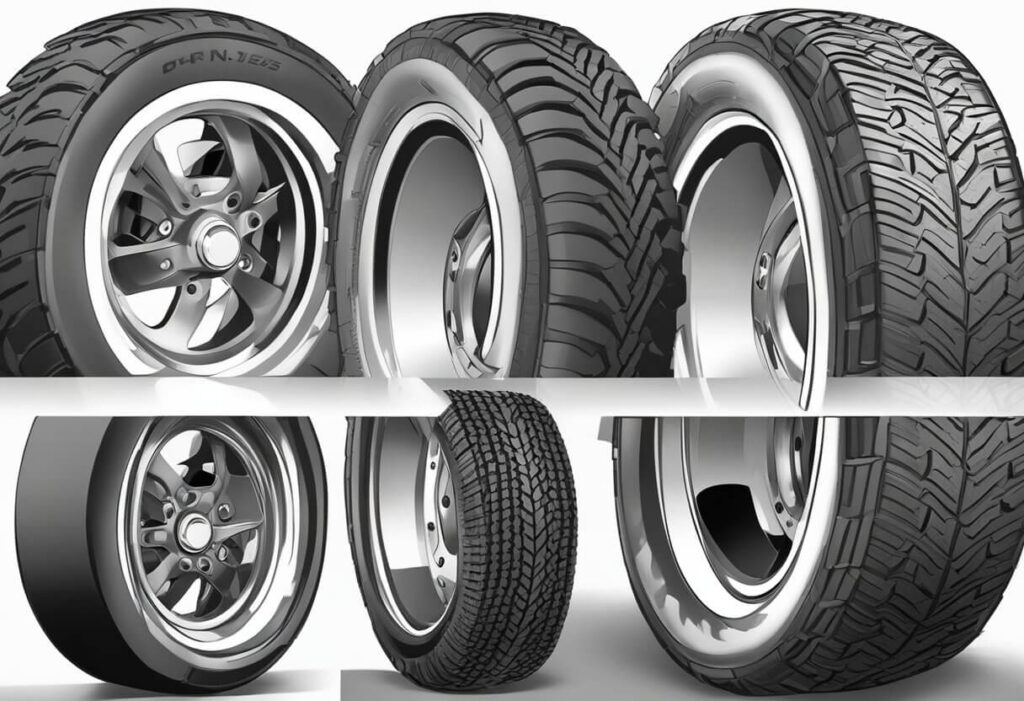
When it comes to riding the Razor Dune Buggy, safety should always be a top priority. The tires on the dune buggy play a crucial role in ensuring a safe and enjoyable ride. Here are some safety considerations to keep in mind when it comes to the tires:
Tire Pressure
Maintaining proper tire pressure is essential for safe and optimal performance. Overinflated or underinflated tires can cause handling issues, reduce traction, and increase the risk of accidents. The recommended tire pressure for the Razor Dune Buggy is 20 PSI. Always check the tire pressure before each ride and adjust accordingly.
Tread Depth
The tread depth on the tires is another crucial factor to consider for safety. Worn-out or bald tires can reduce traction, increase stopping distance, and make it harder to control the dune buggy. The minimum tread depth recommended for the Razor Dune Buggy is 1/8 inch. Always inspect the tires regularly and replace them if the tread depth is below the recommended level.
Terrain
The type of terrain you ride on can also affect the safety of the dune buggy tires. Sharp rocks, debris, and other hazards can puncture or damage the tires, causing a blowout or loss of control. Always inspect the riding area before each ride and avoid areas with potential hazards. If you do encounter a hazard, slow down and maneuver around it carefully.
Riding Gear
Finally, it’s essential to wear appropriate riding gear when operating the Razor Dune Buggy. Protective gear such as helmets, goggles, gloves, and closed-toe shoes can help prevent injuries in case of an accident. Always make sure to wear the appropriate gear and ensure that it fits properly before each ride.
By following these safety considerations, riders can enjoy a safe and fun experience when operating the Razor Dune Buggy.

